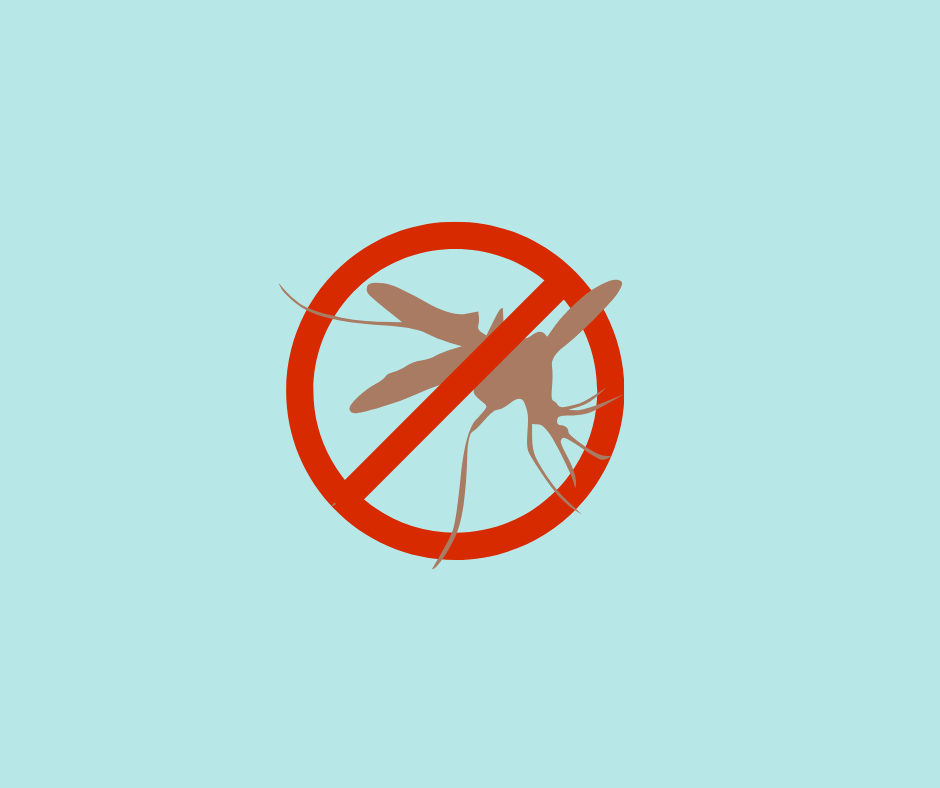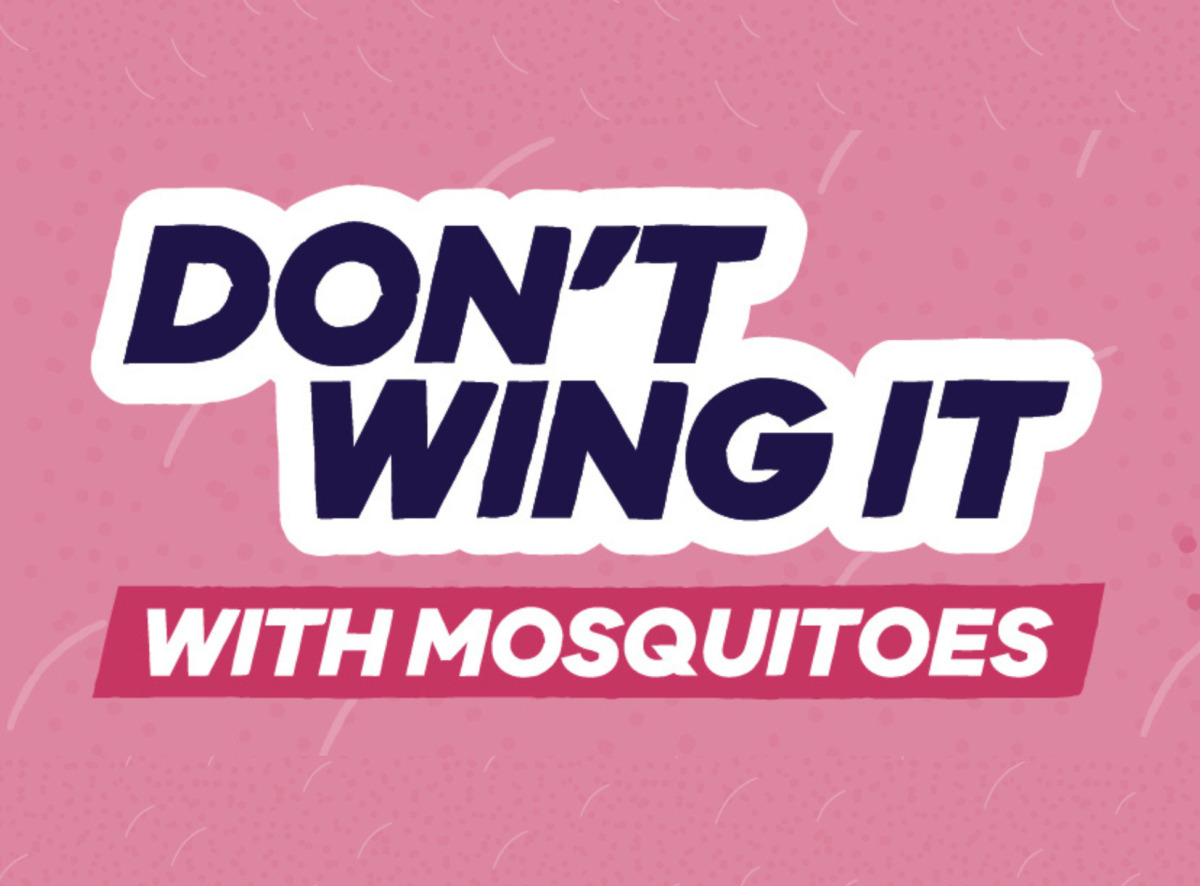

Mosquito-borne diseases
Buruli ulcer advice for our community
What is Buruli ulcer?
Buruli ulcer is an infection of skin and soft tissue caused by the bacterium Mycobacterium ulcerans. The toxins made by the bacteria destroy skin cells, small blood vessels and the fat under the skin. Ulcers appear as the infection spreads in the fat layer beneath the skin. Some people have a raised, red lesion called a plaque. The damage caused can be serious and extensive if diagnosis is delayed.
Who is at risk?
Cases of Buruli ulcer have increased significantly in Victoria in recent years. The disease is spreading into new geographical areas including six suburbs in the WPHU catchment. The suburbs with significant numbers of cases indicating a specific local risk are:
- Brunswick West
- Coburg
- Essendon
- Moonee Ponds
- Pascoe Vale South
- Strathmore
How does Buruli ulcer spread?
Local research has confirmed that Buruli ulcer is transmitted from possums to people via mosquitoes. The type of mosquitoes that are a pest in backyards – especially the common container breeding mosquito Aedes nodoscriptus – are the main risk. Reducing mosquitoes on your own property will reduce your risk of infection.
Buruli ulcer can take many months to develop after exposure. People exposed during the mosquito season usually take between 4-5 months to develop after a bite by an infected mosquito. Recognising Buruli can be difficult but should be considered when a skin lesion relentlessly progresses over time despite standard treatment.
Many people exposed in the early months of 2023 will be showing signs of infection now.
The importance of an early diagnosis
Once diagnosed, Buruli ulcer is curable with special antibiotics and for this reason an accurate diagnosis is essential. If diagnosis is delayed the affected area can become very large and may result in cosmetic deformity and impact function.
If you live in an affected area, the Western Public Health Unit recommends:
Knowing how to recognise Buruli ulcer
- The lesion may start like a bite or as a lump under the skin that progressively enlarges over days or weeks.
- Buruli ulcer occurs on areas of the body most commonly exposed to mosquito bites such as the ankle, lower leg and arms.
- Unlike other ulcers, Buruli ulcer is often painless initially and there is generally no fever or other symptoms or signs of infection.
Seeing your GP if you have a new or persistent sore, ulcer or skin infection
- Discuss getting an easy Buruli ulcer test.
- Ask ‘Could this be Buruli ulcer? I need a test’.
Preventing Buruli ulcer
- Reduce the number of mosquitoes in and around your property by removing or covering with mosquito wire any source where mosquitoes breed, such as gutters, pot plant containers, buckets, open tins, or cans. Make sure your water tank is screened off to prevent mosquitoes from breeding there.
- Mosquito proof your home by installing insect screens.
- Avoid mosquito bites:
- Use personal insect repellents containing diethyltoluamide (DEET) or picaridin
- Cover up by wearing long, loose-fitting, light-coloured clothing.
- Avoid mosquito-prone areas especially at dusk and dawn when they are most likely to be out.
Reducing your risk of mosquito bites, especially during mosquito season (October – February) and especially around your own property, can greatly reduce your risk of Buruli ulcer.
Professor Paul Johnson is an Infectious Diseases Physician who for 30 years has led or co-led Buruli ulcer research in Victoria and has extensive clinical experience with Buruli ulcer. Professor Paul Johnson’s website can be accessed here.



